 SELECTED
ISSUE
SELECTED
ISSUE
|
|
Leisure Management - CLADkit

CLAD products

|
|
| CLADkit
|

An eco friendly floating hotel pod, a Starck chair built using artificial intelligence and a flatpack housing system designing to highlight the climate crisis
|

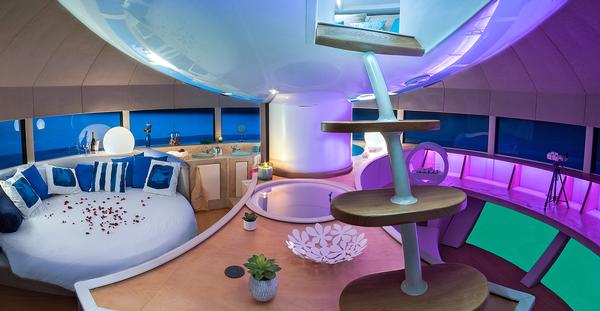
solar-powered floating pods Photo: Yann Richard
|
|
Jean-Michel Ducancelle launches solar-powered floating pods
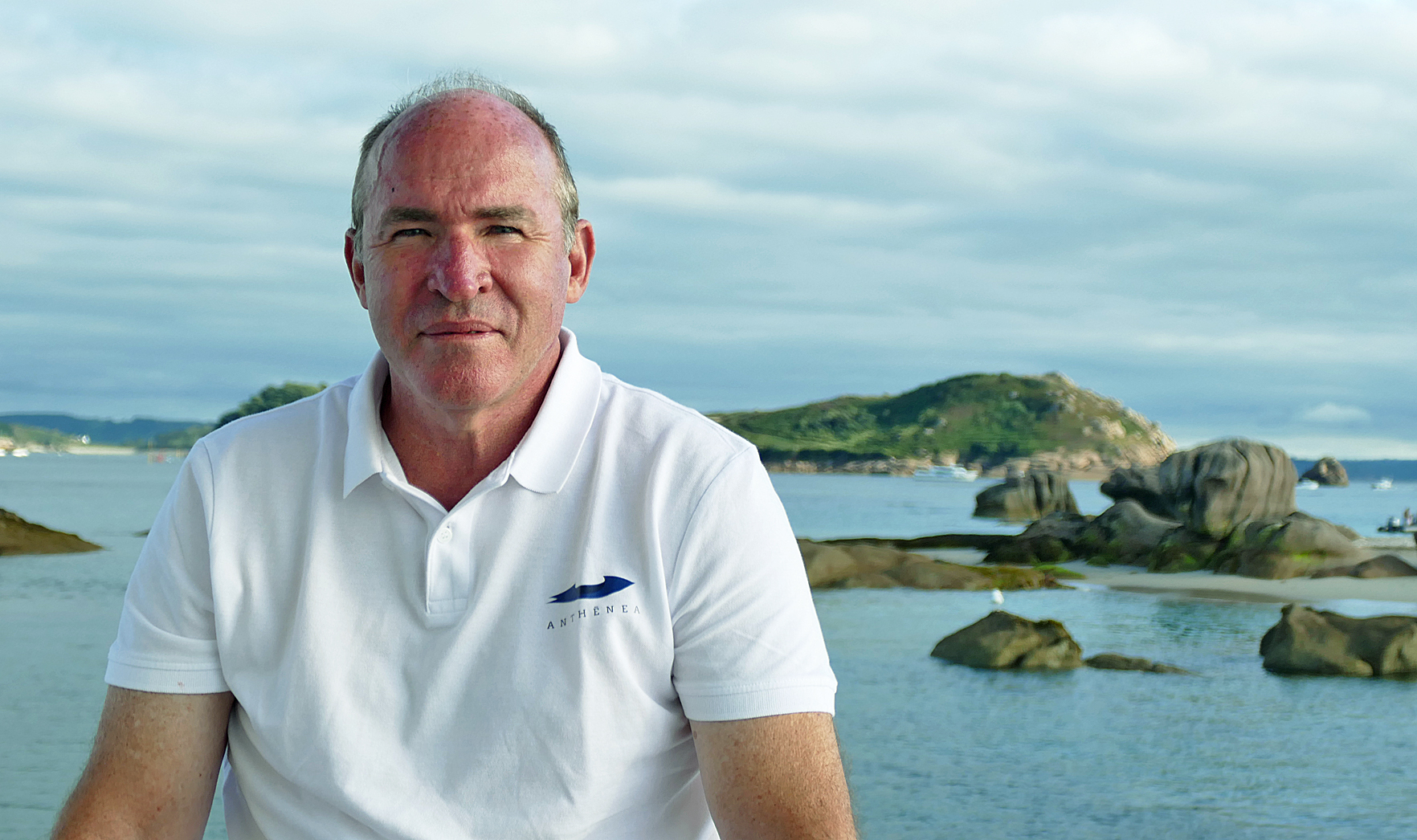
Jean-Michel Ducancelle
Naval architect Jean-Michel Ducancelle has designed a solar-powered floating hotel suite aimed at offering an eco-friendly and nomadic place for travellers to stay.
The Anthénea pod was conceived as a luxury suite for hoteliers to offer their guests, but could be used as a floating spa, treatment suite, bar or restaurant.
The 50sq m (540sq ft) pod is divided into three spaces: a day space, a night space and a relaxation area, while the roof of the relaxation area can be opened to reveal a solarium. All interior features are said to be made entirely from sustainable materials.
"I am passionate about the idea that tomorrow’s habitat will absolutely have to be eco-friendly"
Speaking about the pod’s eco credentials, Ducancelle said: “I am passionate about the idea that tomorrow’s habitat will be put at the heart of our natural environment and immersion with the marine and sub-marine world.”
The pod is priced from $535,00 (€490,000, £434,000).
More on CLAD-kit.net: Search: ANTHENEA
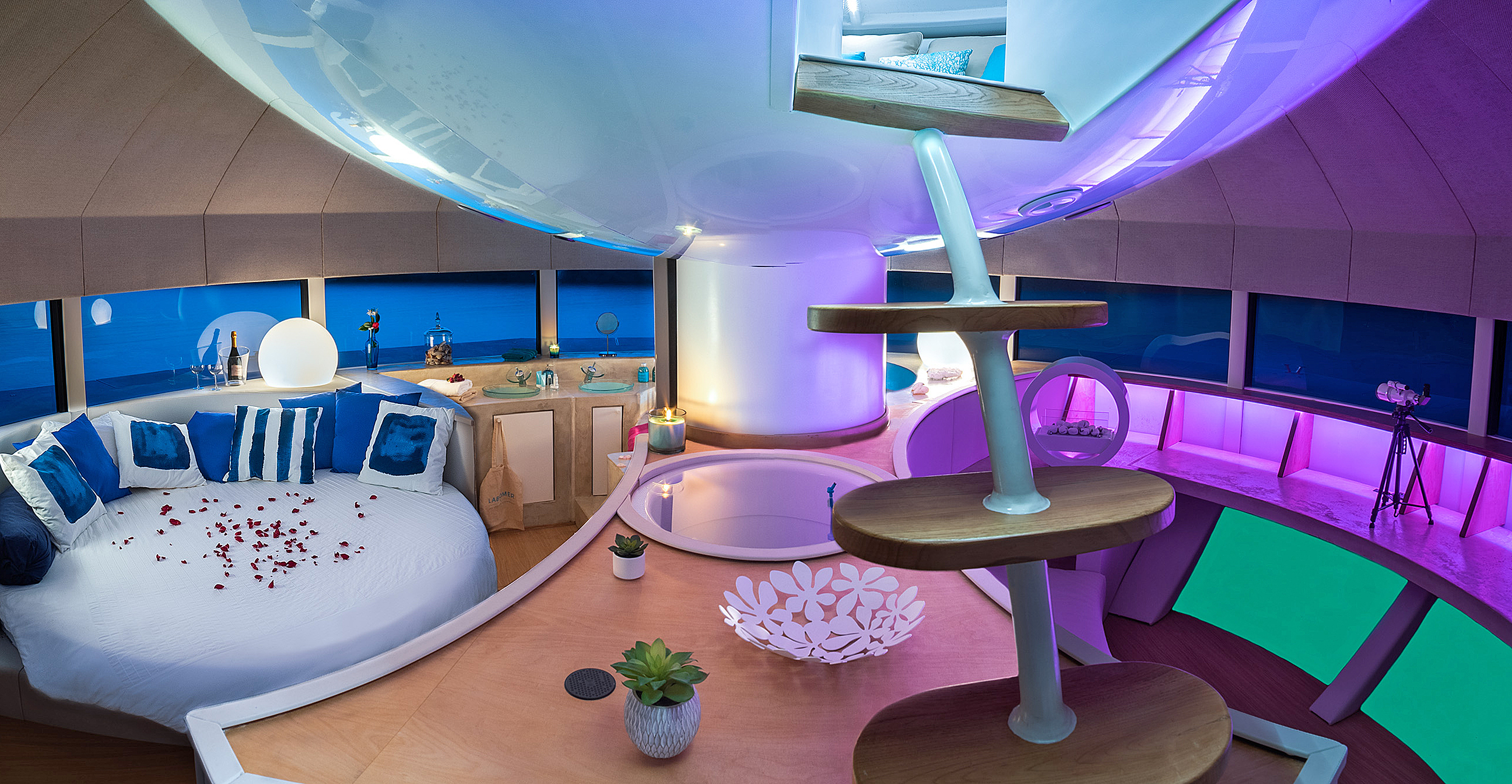
The pod can be used as a floating hotel suite
AI chair opens up unlimited possibilities, says Philippe Starck
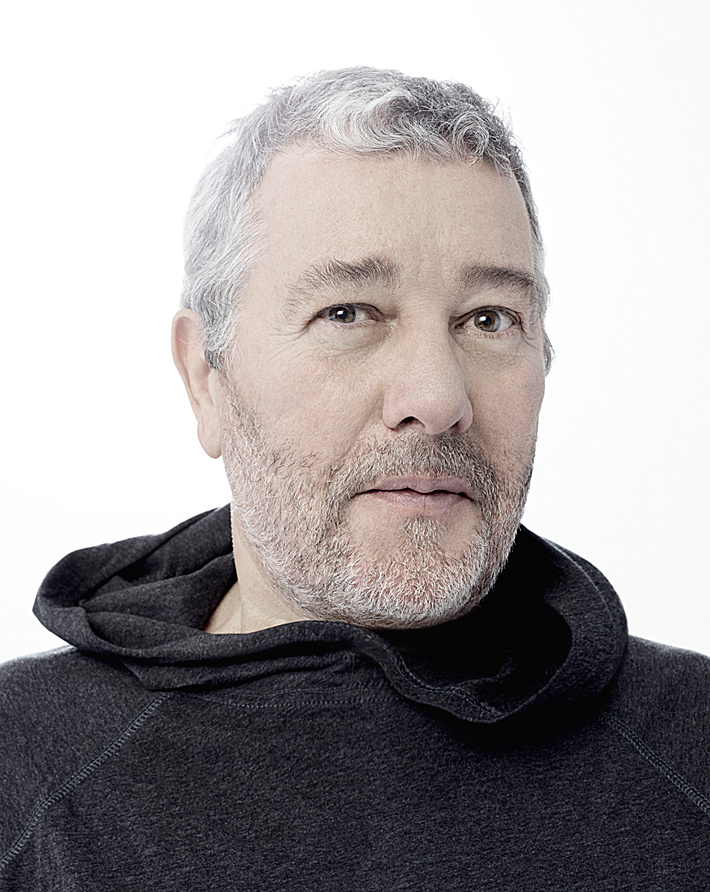
Philippe Starck
French designer Philippe Starck has teamed up with Kartell, an Italian furniture manufacturer, and design software firm Autodesk to create the AI chair, one of the first pieces of furniture to be manufactured using artificial intelligence.
Billed as a ‘collaboration between artificial intelligence and human intelligence’, the A.I. chair is made from 100 per cent recycled materials and was created using a software programme called Generative Design.
Described as ‘a design exploration technology’, Generative Design was developed by Autodesk and enables designers and engineers to input their design goals, preferred materials, manufacturing methods and cost constraints. The software then generates design ideas based on these parameters.
The software is also capable of testing each design, learning what works and what doesn’t, before applying that information to the next design.
"A.I. is the first chair designed outside of our brain, outside of our habits of thought"
The software prototype used by Starck also included a number of capabilities, such as AI-assisted design techniques, that are still being tested by the Autodesk Research team.
“Kartell, Autodesk and I asked AI a question: how can you support our body with the least amount of material and energy possible? AI - without culture, without memory, without influence - replied simply with intelligence, its artificial intelligence,” said Starck.
“A.I. is the first chair designed outside of our brain, outside of our habits of thought.”
More on CLAD-kit.net: Search: PHILLIPE STARCK
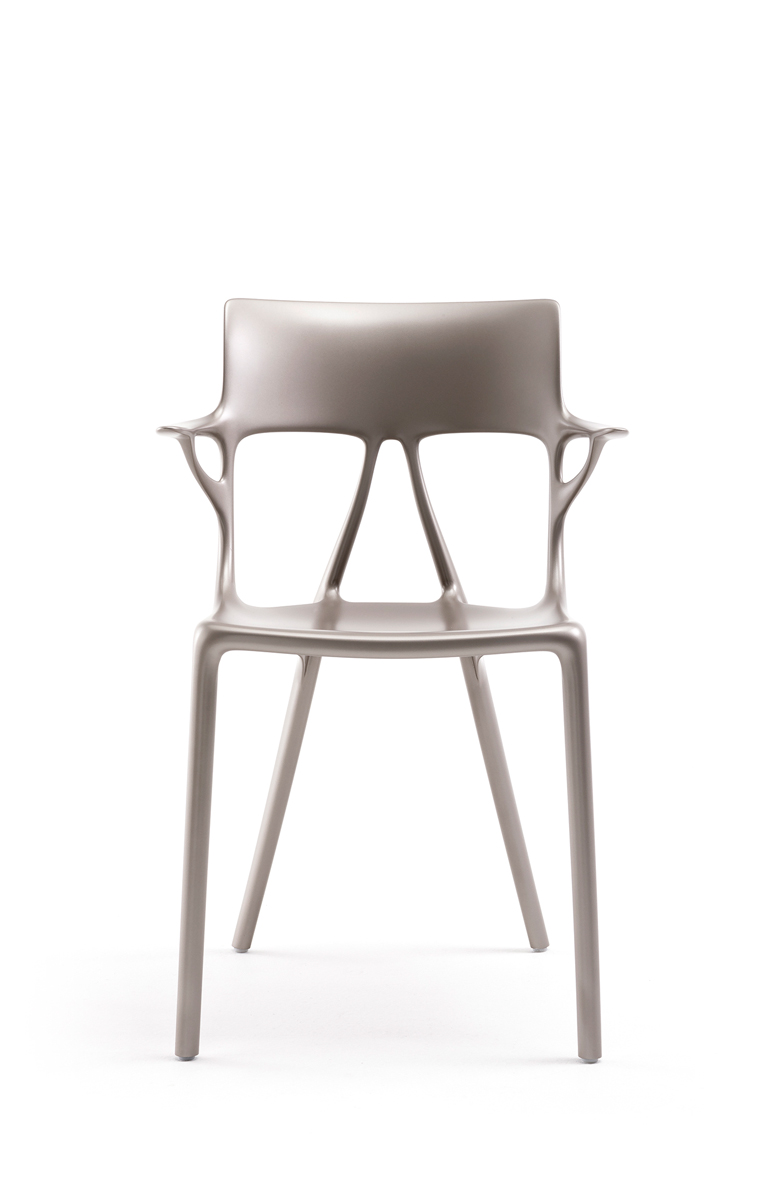
The chair was created with AI
Jakob Lange introduces new Keglen lighting series
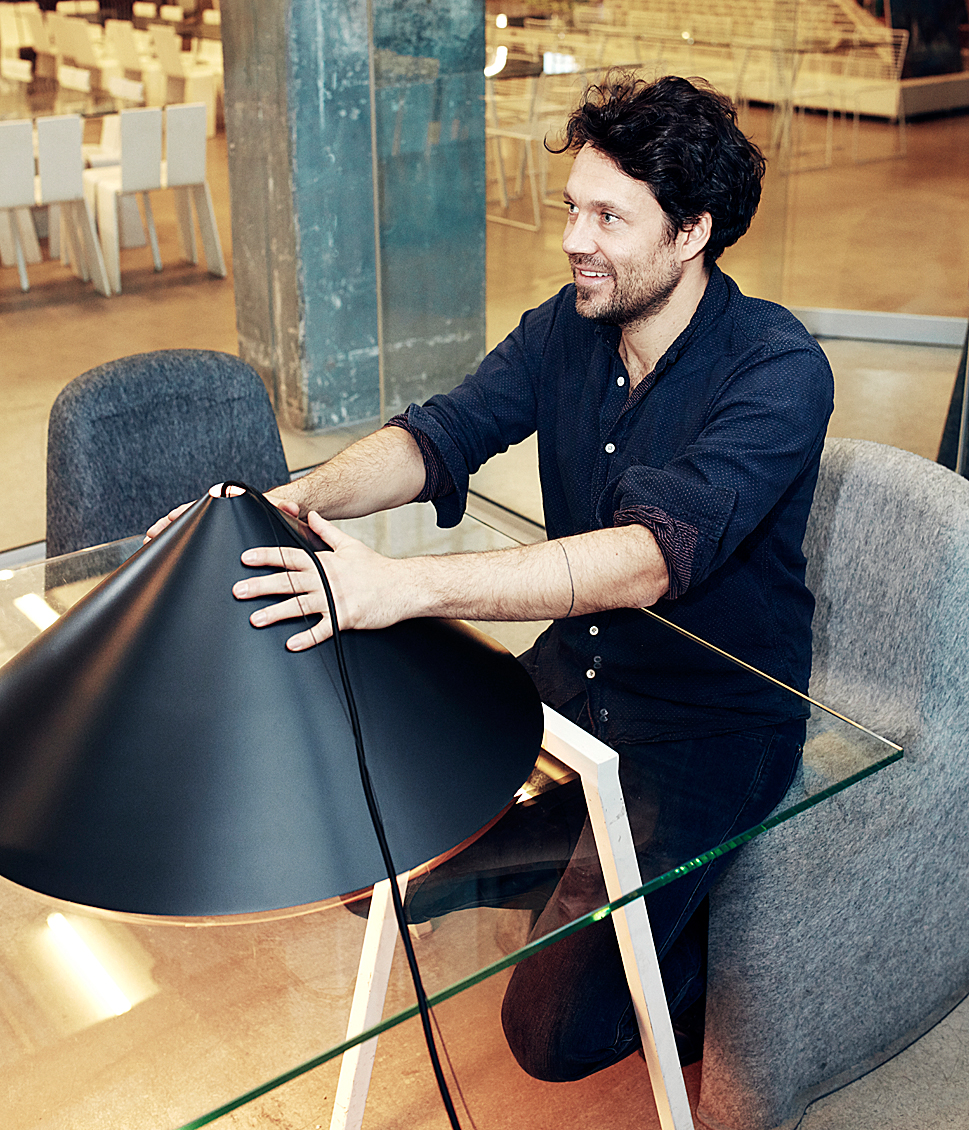
BIG Ideas partner Jakob Lange with one of the lamps
BIG Ideas, the technology arm of the Bjarke Ingels Group (BIG), has partnered with Danish lighting manufacturer Louis Poulsen to create the Keglen lighting collection.
Characterised by a distinctive design, the collection features four pendants that each provide their own diffusion of light thanks to a curved glass insert which is built in, and adapted, to each of the different shade styles.
The collection began as the Tirpitz Pendant, an industrial-style pendant designed for the Tirpitz Museum in Blåvand, Denmark by the two brands in 2017.
“It started with a building - as is the case with many of our product designs. We were in the process of designing the Tirpitz Museum and we needed a lamp that could do a range of different things,” said Jakob Lange, partner at BIG Ideas.
“We needed a lamp in the cafe and shop areas, but we also needed more general lamps for the museum. This is where we came up with the idea of a cone that was cut at one end and had this industrial, galvanised steel look.
“The main feature of the lamp is the organic shaped glass that sits perfectly beneath the cone as a small water droplet, shaped by physics and cohesive forces in nature,” Lange added.
The lamps are available in black and white with energy-saving LED lights.
More on CLAD-kit.net: Search: BIG IDEAS
Multiply structure addresses climate crisis, says Andrew Waugh
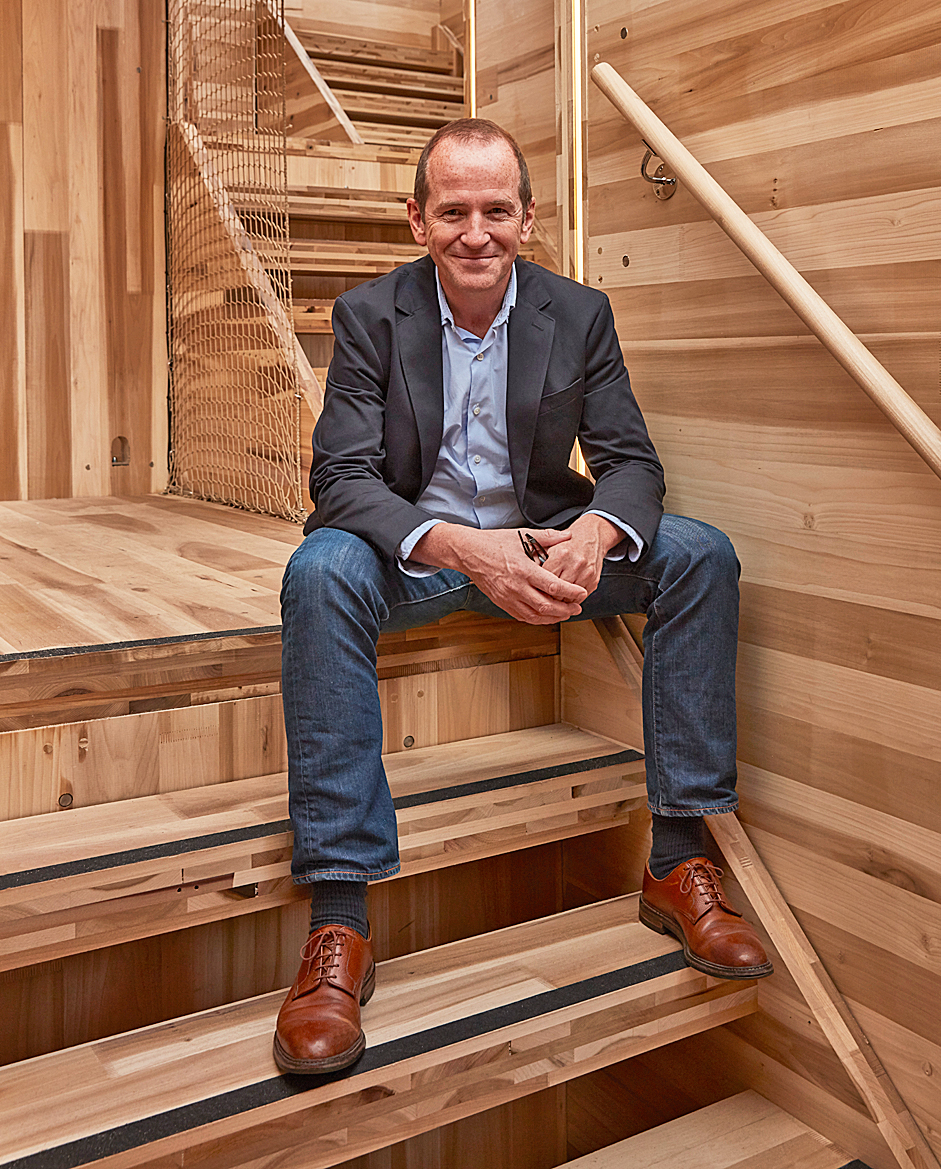
Andrew Waugh
Architecture firm Waugh Thistleton Architects has partnered with the American Hardwood Export Council (AHEC) and ARUP to develop Multiply, a new flatpack structure that is designed to showcase the potential of wood in architecture.
Designed to highlight the urgency of both the climate and housing crises, the 9-m (30ft) high structure offers a solution in the form of a modular system and sustainable construction materials.
Made from carbon-neutral cross-laminated American tulipwood, Multiply features a series of maze-like overlapping and interconnected spaces. It encourages visitors to examine the way our homes and cities are built.
"We are at a point of crisis in terms of CO2 emissions"
“The main objective of this project is to publicly discuss how environmental challenges can be addressed through innovative and affordable construction,” said Andrew Waugh, co-founder of Waugh Thistleton Architects.
“We are at a point of crisis in terms of CO2 emissions and we believe that building with a versatile and sustainable material such as tulipwood is an important way to address this,” he added.
The installation, which usually resides in London, was recently moved to Madrid to commemorate Madrid Design Week.
More on CLAD-kit.net: Search: WAUGH THISTLETON
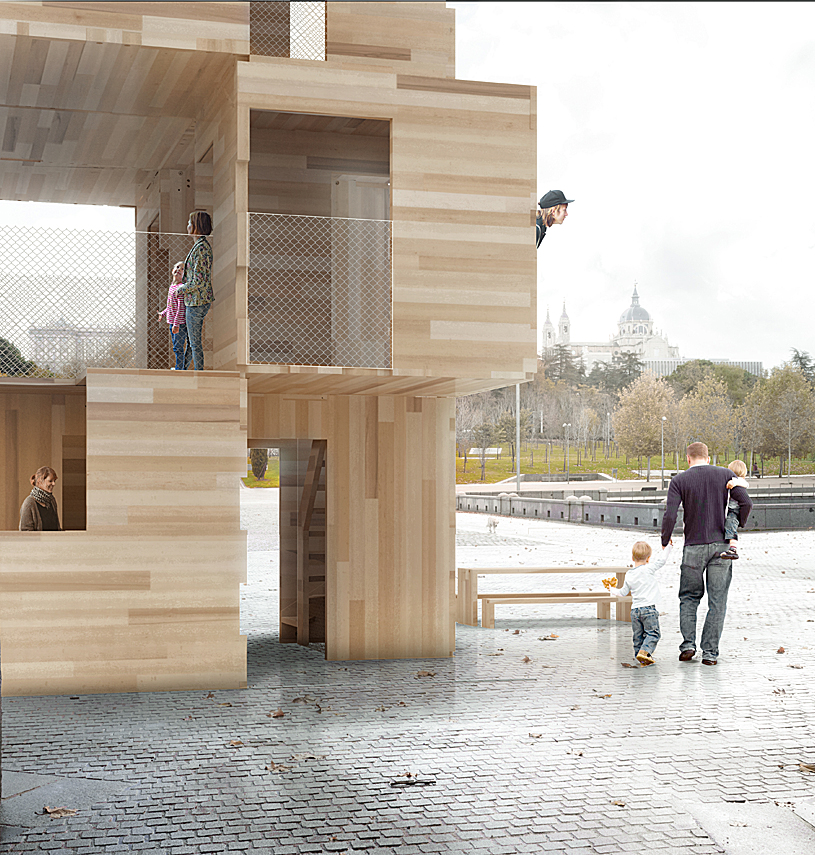
Multiply is made from cross-laminated American tulipwood
Daniel Svahn creates furniture collection using repurposed table tops
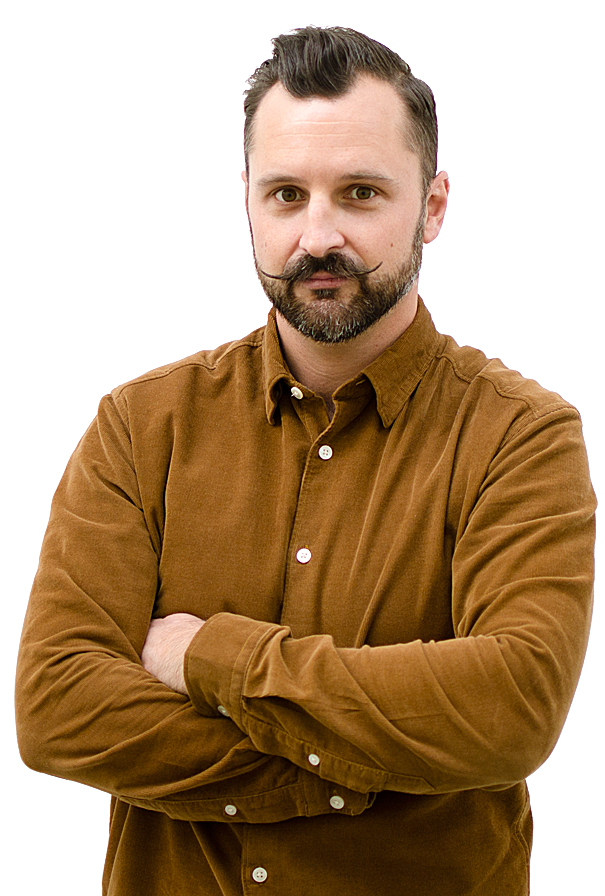
Daniel Svahn
Daniel Svahn, a Stockholm-based furniture designer, has created a new range of sustainable furnishings, made from recycled MDF tabletops.
Svahn, who is studying an MFA in Interior Architecture and Furniture Design at Konstfack University of Arts, Crafts and Design in Stockholm, debuted the collection, called The New Goodies But Oldies collection, during the Stockholm Furniture Fair in February.
It was created for Nacka Town Hall in Stockholm following its refurbishment and forms part of Svahn’s studies.
The new collection consists of three pieces – an individual seat with an elongated side for privacy and two sets of co-working seats – made from 14 repurposed tabletops, taken from one of the conference rooms at Nacka’s town hall that were destined to be thrown away.
“The public sector is a huge material waste contributor because there are not enough rules, regulations or guidelines when it comes to tending to furniture that is considered to be old, obsolete or broken,” said Svahn.
"We really need to teach and emphasise the difference of cost versus value"
“Even if the costs of buying new or upcycling and reusing are the same in the end, the value of doing the latter is greater because it saves material and emissions and other extraction and production footprints,” he added.
More on CLAD-kit.net: Search: DANIEL SVAHN
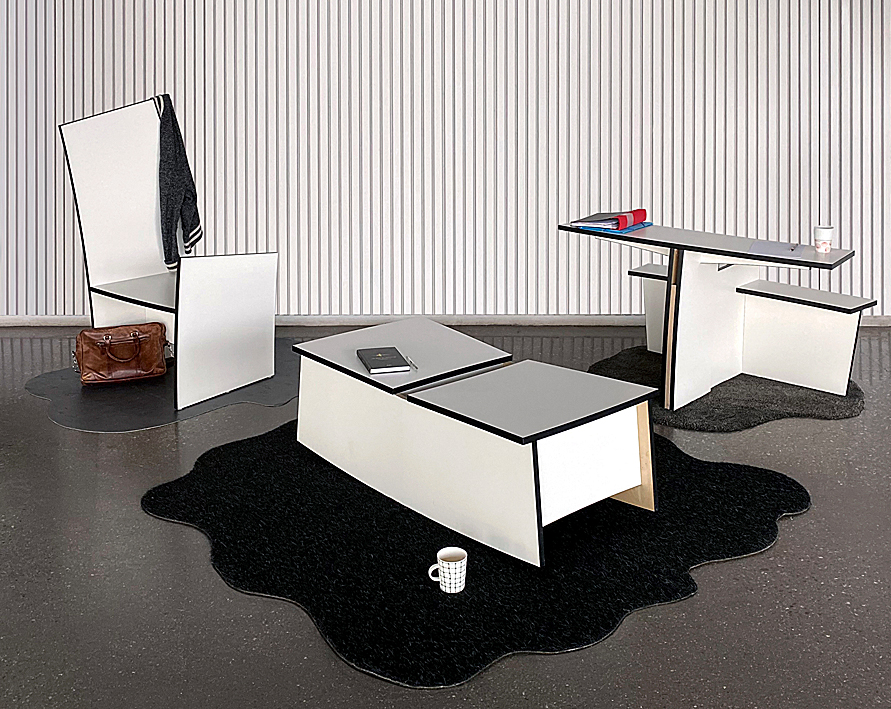
The pieces were made from repurposed tables
Metalline transforms London hotel with bespoke aluminium fins
Metalline, an architectural metalwork specialist based in the UK, has created a range of bespoke 3D twisted metal fins for the upcoming Minories Hotel in Aldgate, London.
The aluminium fins will form the façade of the hotel and will clad the existing precast frame, creating a bridge between the frame and the unitised glazing.
They were designed by project architect ACME architects in collaboration with The Murphy Façade Studio to create shading for the hotel’s occupants, as well as create an iconic architectural landmark. They were developed by Metalline in partnership with façade contractor Colorminium.
Measuring 42m (138ft) in height, the fins were created at Metalline’s production facility in Cannock, and, due to the height, had to be manufactured in 3.5 m (11 ft) lengths, with a depth of 0.8 m (3ft), assembled using a combination of aluminium stud welding and bonding techniques developed by Metalline. They were finished in dark and light bronze PPC to create an anodised effect.
More on CLAD-kit.net: Search: Metalline
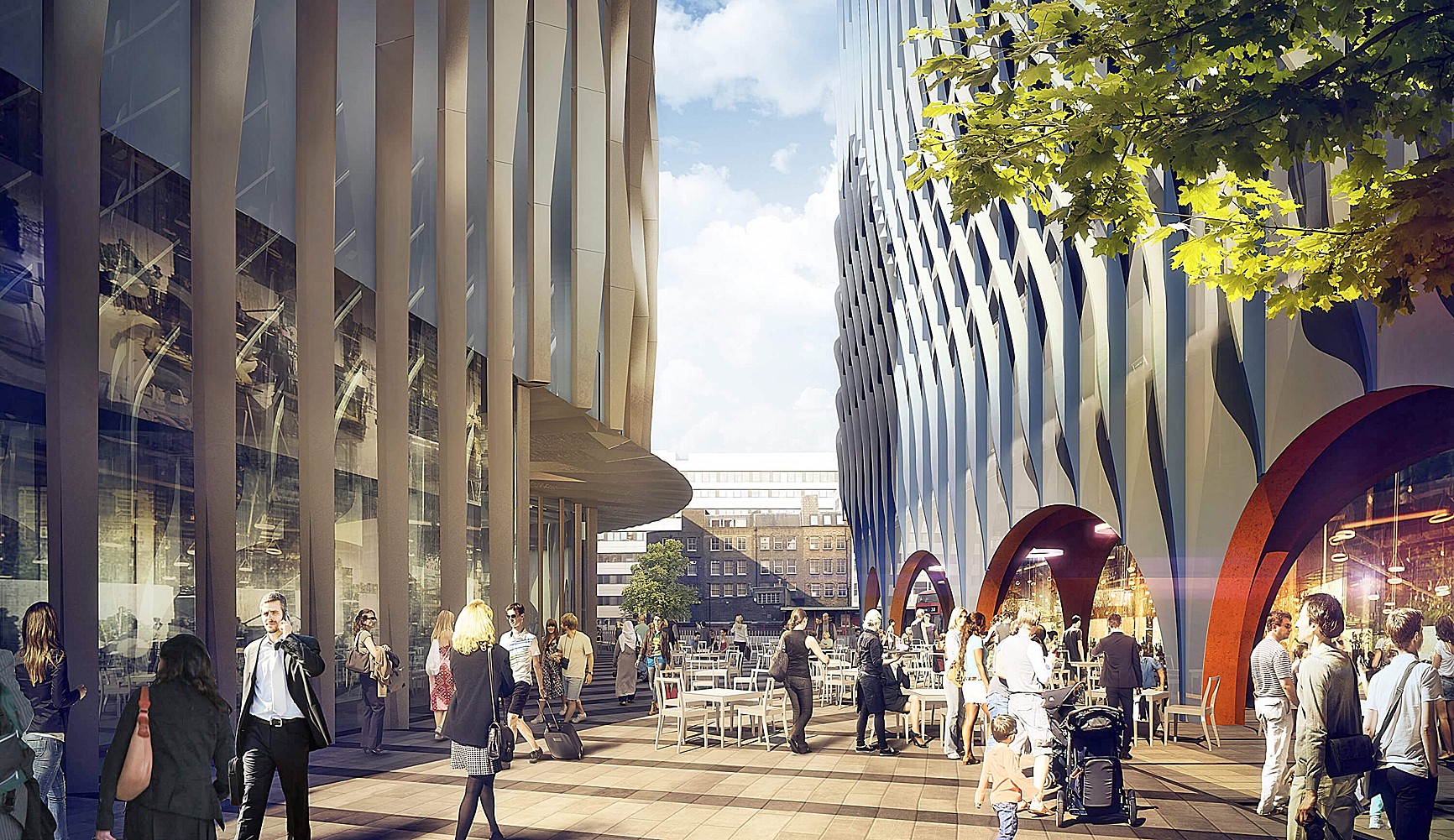
The fins will form the facade of the London hotel
Chocolate box decadence inspires Hedonist collection, say Huzefa Rangwala and Jasem Pirani

Huzefa Rangwala and Jasem Pirani
MuseLAB, a Mumbai-based design studio, has launched Hedonist, a new furniture collection that was inspired by the ‘sensorial experience’ of opening a box of chocolates.
The 13-piece collection consists of a series of chairs and tables, as well as a single mirror, primarily made from wood, glass and metal. It aims to show the ways in which these materials can be used and reused to create completely different pieces.
Highlights from the collection include the Cane Crush lounger, described as a combination of a lounge chair and a pouffe, the Nougat 1 chair, which features crossed back legs, and the Disc table, which features hand-hammered metal sheets in the shape of a double helix.
“The idea was to create the same sensory experience as opening a box of chocolates. It was about indulging in furniture of high-aesthetic value without restricting the appeal of the collection to any particular geographical context or design language. In that sense, the furniture is non-conformist and non-contextual,” said MuseLAB founders Huzefa Rangwala and Jasem Pirani.
"This collection is high on aesthetic value without compromising on functionality"
“The collection invites one to indulge in an experience where aesthetics meets function. This collection is high on aesthetic value without compromising on functionality.
“It was essential to have pieces that worked together and stood on their own.”
More on CLAD-kit.net: Search: MUSELAB
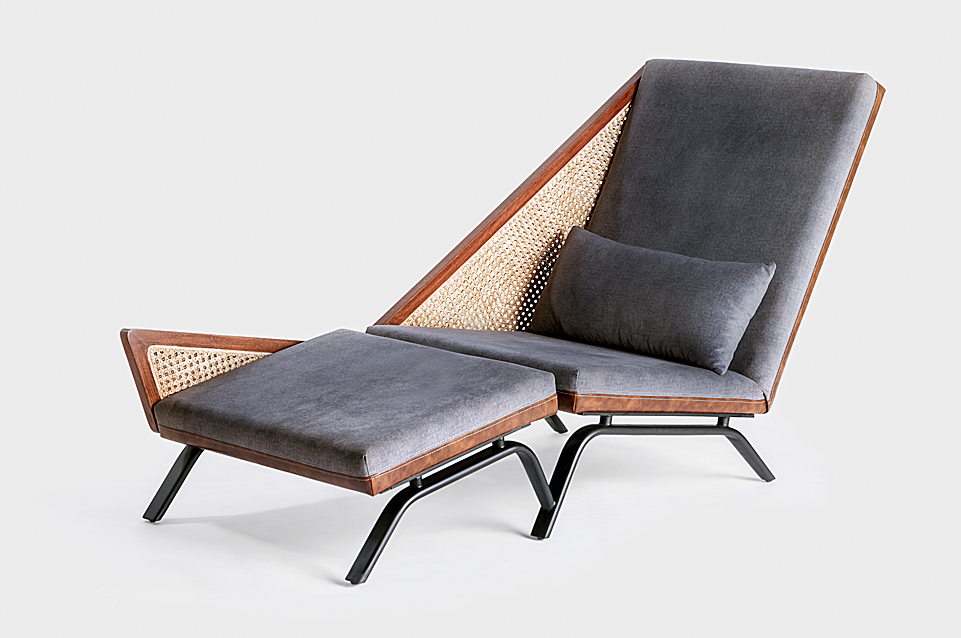
The collection is ‘non-contextual’
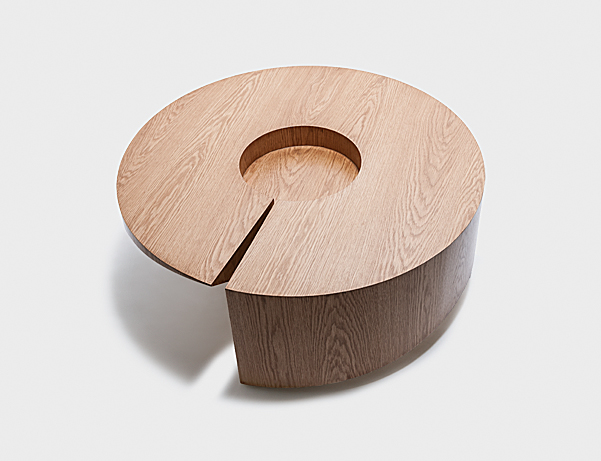
A series of chairs and tables make up the collection
|
|
 |
| Originally published in CLADmag 2020 issue 1
|
|
 |
|